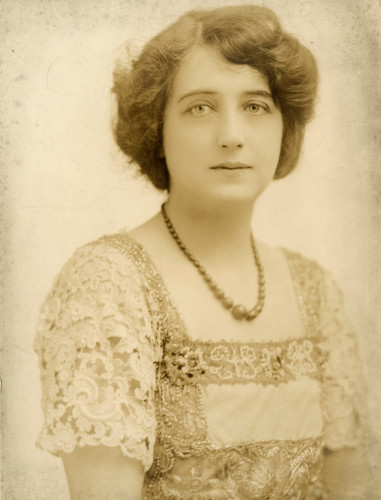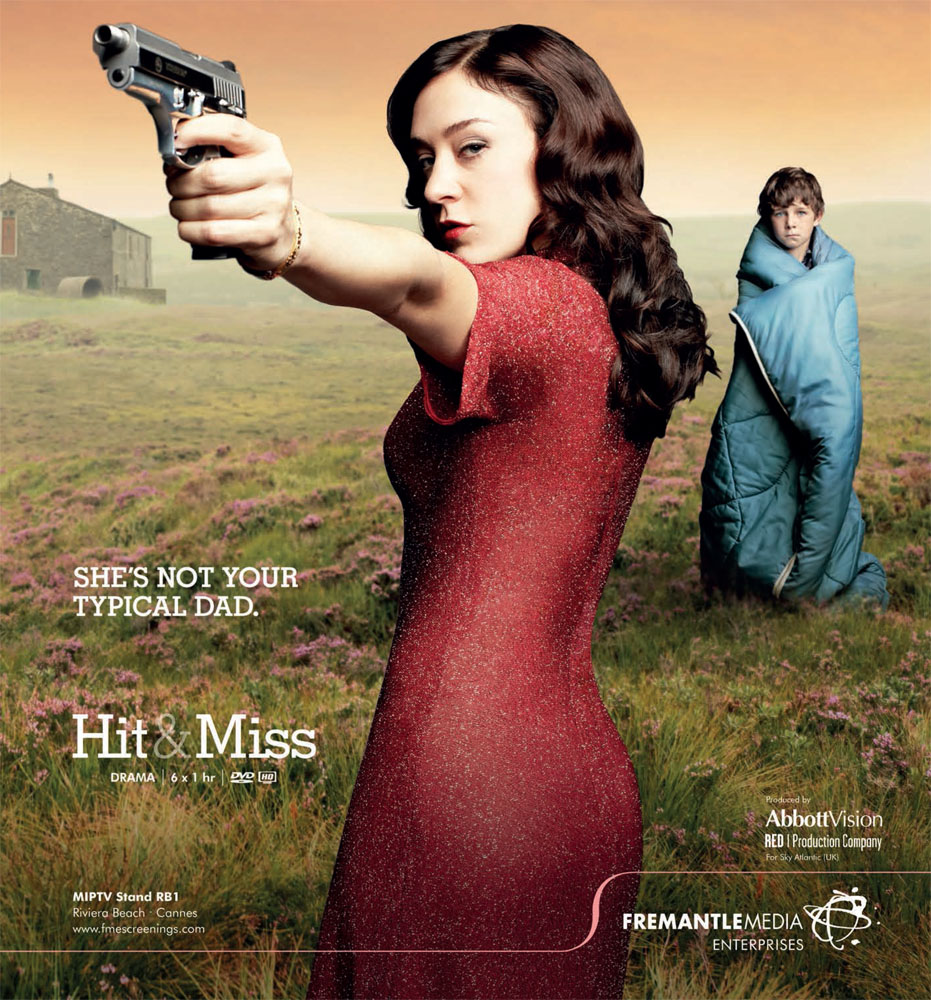Written by Amanda Morris.
Pan has a 26 percent rating based on 152 reviews on Rotten Tomatoes, and having just come from a matinee viewing, I must say I agree with these critics. The Peter Pan narrative that we all know has been reconstructed as a sort of prequel, and not very imaginatively, while still retaining its racist roots. The Natives are called “natives” and “savages” multiple times and retain their feathers, facepaint, fringe, dancing, and primitive clothing to emulate a stereotypical idea of Native peoples, and even the map that Peter finds guides him to “Tribal Territory.” The actor playing Hook thinks he is Clint Eastwood in a spaghetti western, the Neverbirds are just bigger, more threatening versions of Kevin in Up, and the main actors who appear throughout the entire film are all white.
[youtube_sc url=”https://www.youtube.com/watch?v=Y1wRv8vTpxo”]
Whatever the other problems might be with this film (and they are many), my focus for this review is the character Tiger Lily, who was originally conceived as a racist stereotype by J.M. Barrie and who has had her Native identity completely erased in this latest iteration. Is this progress? I think not.
When J.M. Barrie’s original stage play, Peter Pan; Or, The Boy Who Wouldn’t Grow Up, first appeared on the cultural scene, Miriam Skancke (stage name Nesbitt) played Tiger Lily. Never mind the problem of reducing an actual, living people to imaginary creatures in a fantasy land. According to Miram’s father’s birth record, she appears to have been of Norwegian heritage. Certainly not Native American. So the fantasy creature, the “indian princess,” Tiger Lily, started off in global imaginations as a beautiful white woman.
Miriam Nesbitt plays “Tiger Lily” in J.M. Barrie’s original stage play, Peter Pan, in 1904
In 1911, Barrie published the novel version, Peter Pan, and soon, more stage productions and the film industry came calling, clamoring for this children’s fantasy tale. From 1955-60, Broadway and the American TV industry brought the story to stage and TV with Sondra Lee playing Tiger Lily. Another white woman playing an offensive racist Native stereotype, with the music and dancing to match:
[youtube_sc url=”https://www.youtube.com/watch?v=SVPc4SuoJWE”]
The 1979 Broadway production featured an Argentine-American dancer and choreographer in the Tiger Lily role, and the 1990 version featured Holly Irwin in the role. The characterization on stage remained “Native American,” but still, the actors playing Tiger Lily were non-Native. No self-respecting Native woman actor would WANT to play a racist fantasy stereotype of her own culture, and that is where Pan’s studio, director, and writer made a costly miscalculation.
Here is where we need to be more critical of Warner Brothers, Director Joe Wright, writer Jason Fuchs, and the casting staff responsible for adamantly refusing to re-conceive this problematic character into something more culturally appropriate and honorable. They DID take the time, energy, and money to construct a new narrative that explains how Peter Pan came to be; they reconstructed this narrative in myriad ways so as to make it clearly different from Barrie’s original, except where it concerns the “Natives.” Instead, they took the cowardly way out and completely whitewashed the character (while still retaining feathers, costuming, and even an Aboriginal actor as Tiger Lily’s father).
Bottom line here, Hollywood is lazy and greedy. They saw an opportunity to re-envision this narrative from stem to stern, possibly giving us a truly creative and compelling new story, but instead of also eliminating the racist stereotypes from the original, they chose to whitewash because that is the easier choice. From their perspective, it would have been too hard to reconstruct this “indian princess” into a strong, brave, Native woman. Especially one who seems to be developing feelings for the future Captain Hook, who is white. Instead, they chose white actor Rooney Mara to portray a strong, brave, Native woman who wears beaded and feathered attire, long and dark braided hair, and colorful tribal makeup.
Rooney Mara as Tiger Lily in Pan
Who exactly do they think is fooled by this? Certainly none of us trying to encourage more respectful representations of indigenous peoples. Plenty of reviewers, including one on this site, has pointed out the immense problems with the company and crew’s voluntary blindness to their heinous choices. In fact, director Joe Wright defended his choice.
So, Joe, you understand our criticisms, but were unable to find a Native woman to play a “badass” Native woman character?
Are you fucking kidding me?!
Here are some of the amazing Native actors you should have considered casting: Devery Jacobs, Cara Gee, Tanaya Beatty, Jamie Loy, Amber Midthunder, Taysha Fuller, or Crystle Lightning. That list is by no means complete, but the reason none of these women were chosen is because they are not considered bankable money makers by the Hollywood machine.
Warner Brothers would rather hire a known white woman (as usual) and to completely whitewash the character than to spend a few minutes asking the writer to re-conceive this character to be more respectful of real, living, Native peoples, and then hiring a talented Native woman to play her. Because with all of the white racist fear out there in the viewing audience, they knew this whitewashed version of J.M. Barrie’s original would make them money. They know their audience.
Thankfully, at 26 percent approval rating, Pan will not be in theatres very long. I predict that Warner Brothers could have made a lot more money doing what I and others have suggested – re-writing Tiger Lily to be a more relevant and vibrant representation of a Native American woman with a family that doesn’t look like the ridiculous, primitive stereotypes of Barrie’s imagination, and then casting a terrific Native actor into that role. The amount of positive publicity and curiousity alone would have driven people to want to see this film. Critics and viewers would be introduced in a big way to a talented Native actor, and all of the negative (and well-deserved) criticism that dogs this film might have been reduced. Talk about a missed opportunity and a bad business decision.
Pan is just another in a long line of disappointing versions of this childhood tale. Barrie wrote in a time (1904) when the general populace had accepted the disappearance and death of Native peoples. Everything they read told them that these peoples no longer existed.
That we are still in that same headspace, imagining Native peoples as either racist stereotypes or as long-gone peoples of the past, is pathetic. Shame on you, #Warner Brothers, Joe Wright, Jason Fuchs, Rooney Mara, and all of us who accept Hollywood’s standard practice of erasing Native peoples, cultures, and identities.
Dr. Amanda Morris is an Associate Professor of Multiethnic Rhetorics at Kutztown University of Pennsylvania with a specialty in Indigenous Rhetorics.













